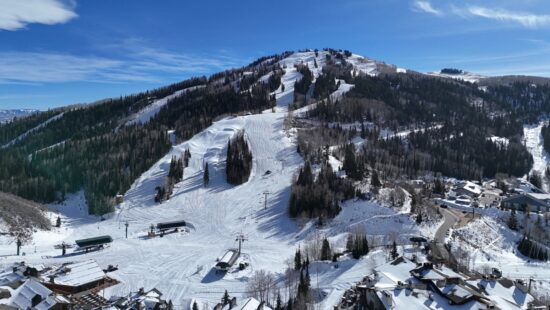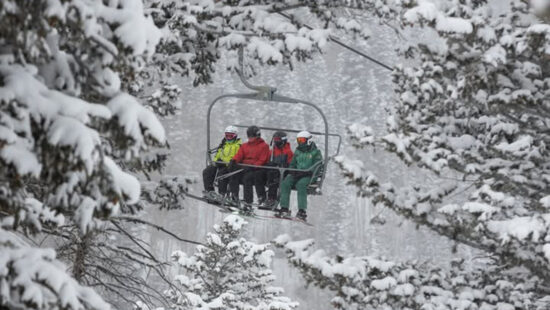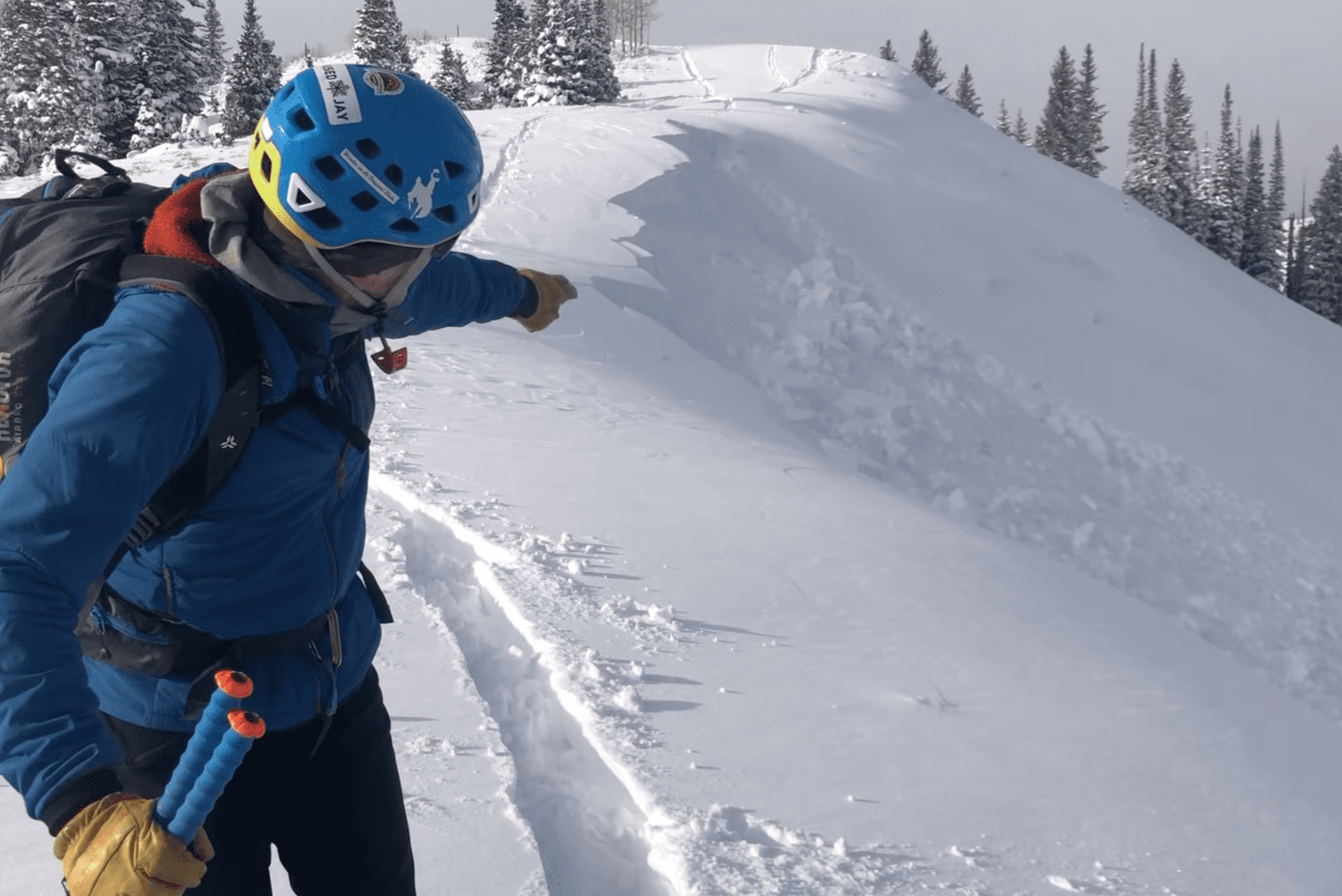Top Stories
Powder days and tree wells; avoiding the risk
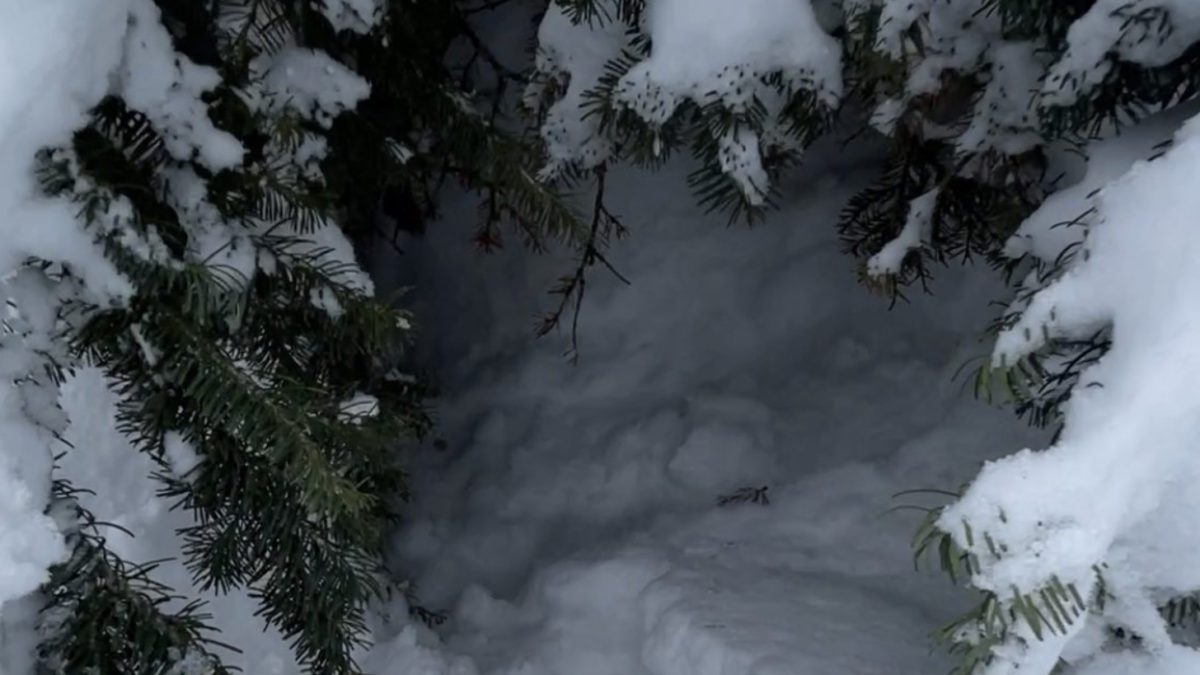
An example of a tree well. Photo: Courtesy of the Utah Avalanche Center.
PARK CITY, Utah — From avalanches to tree wells, being aware and informed on how to be safe in the mountains is the key to enjoying the winter.
Unfortunately, both dangers are a reality that cannot be totally prevented, whether in a resort or out of it, as even seemingly safe areas can have avalanches, and even the most experienced powder chasers can get stuck in a tree well. Surviving and staying safe is all about staying informed, and being prepared.
What is a tree well?
As snowpack rises, so does the location of what aspect of a tree is exposed. This can create a void or a depression around the base of trees. Within the depressed area will be a mix of low-hanging branches, loose snow, and air. It’s the low-hanging branches that are the cause tree wells being formed, as they prevent the packing or consolidation of snow around the trunk area, creating a hole below. These holes can exceed 10 feet in depth. Any ungroomed terrain can have tree wells, with the highest probability of an incident during or after a snowstorm.
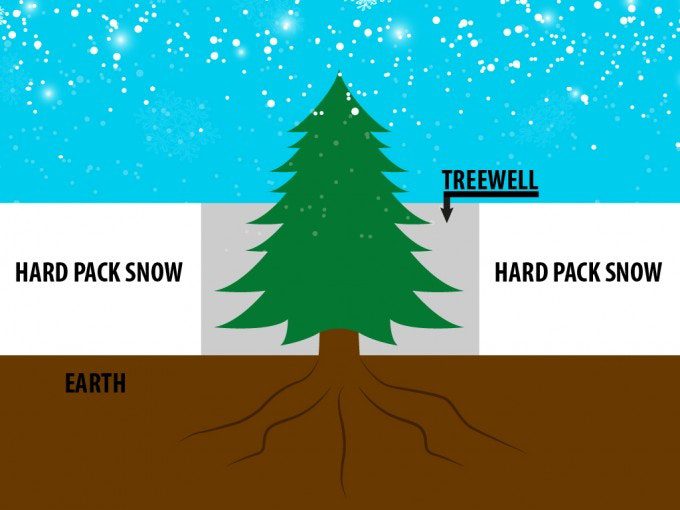
Tree Well Danger and Snow Immersion Suffocation (SIS)
90% of people who become stuck in a tree well cannot rescue themselves. This is because most of those who become trapped enter the depressed area head first. Breath can become difficult at that point, as snow will typically pack in around the person reducing available oxygen. In these scenarios, death can come quickly as the individual suffocates. According to the video below from the Deep Snow Safety website, 20% of ski area fatalities are attributed to tree wells. These are also called non-avalanche related snow immersion deaths (NARSID).
Research published in Wilderness Medical Society’s Wilderness and Environmental Medicine Journal on the subject in 2010 documented that in some cases, death occurred in less than 15 minutes, and it was highly likely that the victim was unconscious prior to that. The research cited a paper published in 2006 documenting the nearly impossible prospect of a self-rescue. The efforts made by the test subjects to escape in the study showed that it is likely the victim will become more buried and will degrade much of the air pocket that was present upon entering the tree well. The study highlighted the higher potential for rescue being successful when assistance is provided by a buddy or outside help.
Avoiding tree wells and staying safe
Unfortunately, discerning a dangerous tree well from a safe one is not possible. The best path towards remaining safe comes from assuming that all depressed areas around a tree are dangerous and avoiding them. Simply being aware and making the decision to avoid those areas can make all the difference.
Tree wells are not something we often worry about in Utah. They are an issue with so much snow. Snow immersion suffocation when someone falls in head first. Avoid tree wells and keep your partner in sight. Learn more at https://t.co/fScigctEso pic.twitter.com/MQzlr69l8Q
— UtahAvalancheCenter (@UACwasatch) March 1, 2023
Always ski or snowboard with a buddy and keep each other in sight. A lot of SIS tree well cases occurred when people had a partner with them, but that partner did not see the person enter the tree well. Carrying safety equipment such as a transceiver or beacon, shovel, Avalung, whistle, probe, a cell phone with the emergency number for the resort ski patrol, and purchasing clothing with Recco are all good ideas to increase safety.
Appreciate the coverage? Help keep Park City informed.
TownLift is powered by our community. If you value independent, local news that keeps Park City connected and in the know, consider supporting our newsroom.
















